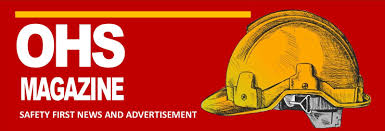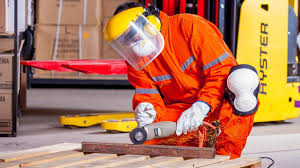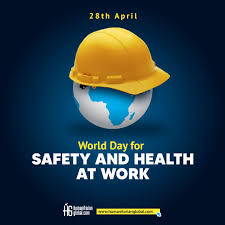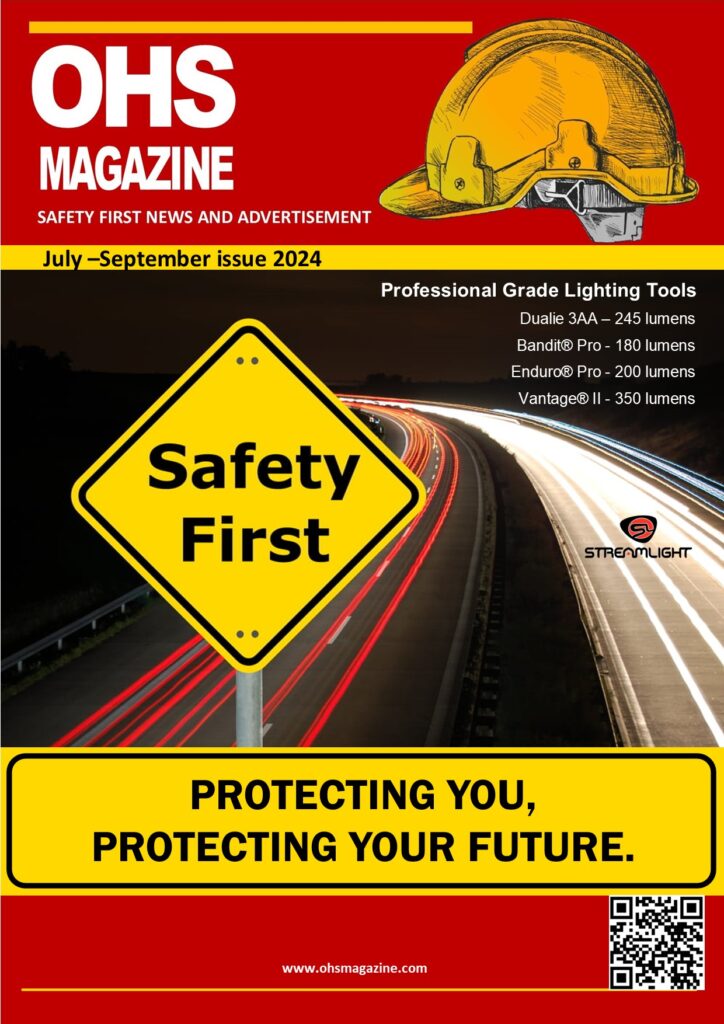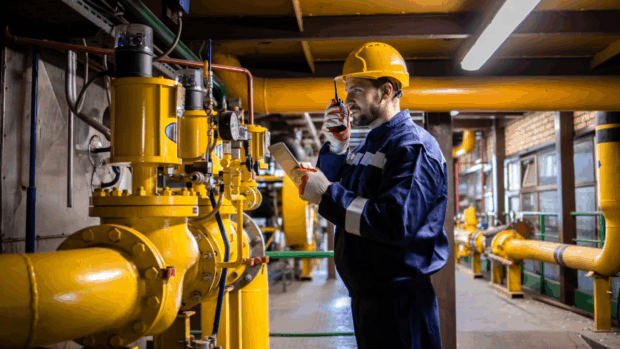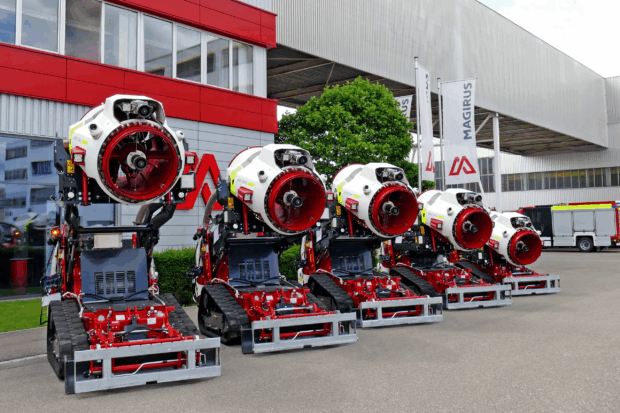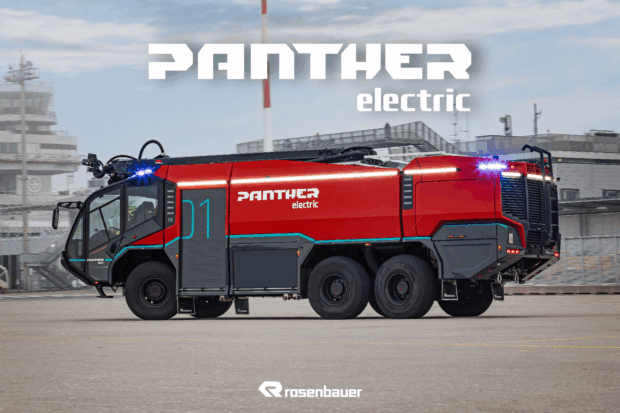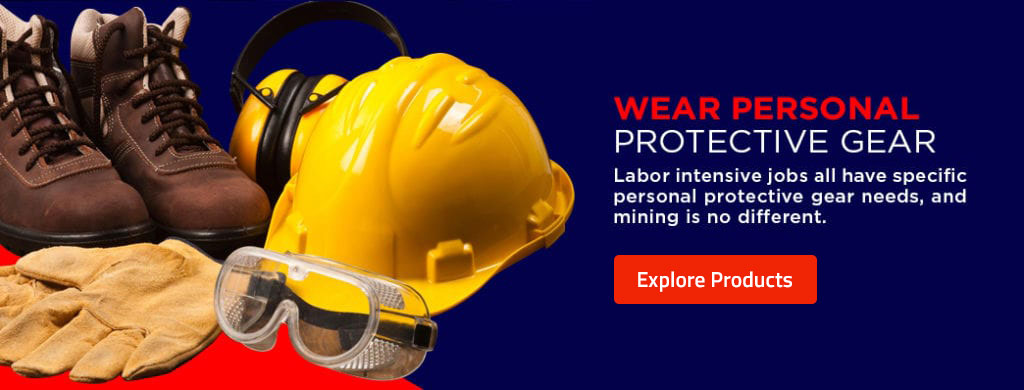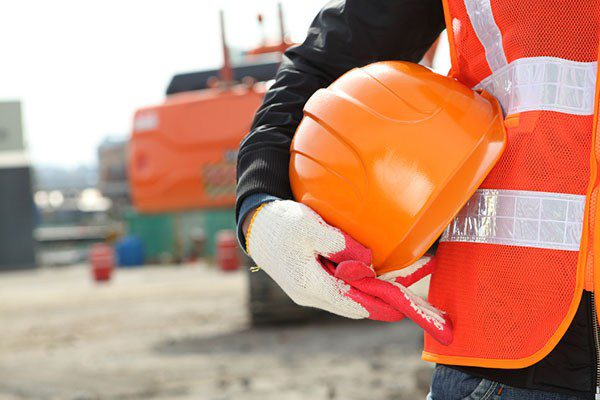Virtual Reality Training Revolutionizes Safety in High-Risk Industries. In a groundbreaking shift towards enhancing occupational health and safety, industries characterized by high-risk environments are increasingly adopting virtual reality (VR) training simulations. This innovative approach allows workers to engage in immersive and realistic scenarios, significantly improving their preparedness for real-world hazards.
Immersive Training Environments
VR training simulations create a controlled, yet highly realistic environment where employees can practice safety procedures without the risk of physical harm. By donning VR headsets, workers are transported to a digital replica of their workplace. This simulated environment can range from construction sites and oil rigs to manufacturing plants and emergency response situations.
“VR training offers a unique opportunity for workers to experience hazardous scenarios and practice the appropriate safety responses without the actual dangers present in real-life situations,” explains Dr. Jane Mitchell, a leading expert in occupational health and safety.
Enhanced Learning and Retention
One of the key benefits of VR training is the enhanced learning retention it offers. Studies have shown that individuals learn better through hands-on experience. VR provides this experience by allowing trainees to interact with their environment, perform tasks, and make decisions as they would in a real-life setting.
“Traditional training methods, such as lectures and videos, often fail to engage workers effectively,” says John Carter, a safety training coordinator at a major construction firm. “VR simulations, on the other hand, immerse workers in the learning process, making it easier for them to remember and apply safety procedures.”
Practical Applications in High-Risk Industries
In the construction industry, VR simulations are used to train workers on fall protection, scaffolding safety, and the correct use of personal protective equipment (PPE). By simulating common hazards such as falling objects or equipment malfunctions, workers can practice emergency response procedures, significantly reducing the risk of workplace injuries.
The oil and gas industry has also embraced VR training. Workers can simulate high-pressure situations, such as oil spills or gas leaks, to practice containment and evacuation procedures. This not only improves their technical skills but also prepares them mentally for potential emergencies.
Reducing Incident Rates
The integration of VR training in high-risk industries has been associated with a noticeable reduction in incident rates. Companies that have adopted VR training report fewer workplace accidents and near-misses. This is attributed to the fact that workers are better equipped to identify hazards and respond appropriately, having practiced these scenarios in a virtual environment.
“VR training has been a game-changer for us,” remarks Sarah Lopez, safety manager at a large manufacturing plant. “Our incident rates have dropped significantly, and our workers feel more confident and competent in handling emergencies.”
Future Prospects
As technology continues to advance, the scope of VR training is expected to expand further. Future developments may include more sophisticated simulations that incorporate artificial intelligence (AI) to create dynamic and adaptive training scenarios. This will enable even more personalized and effective training programs, tailored to the specific needs and risks of different industries.
Conclusion
Virtual reality training represents a significant leap forward in occupational health and safety, providing workers in high-risk industries with a safe, immersive, and effective way to learn and practice safety procedures. By reducing the risk of accidents and improving overall safety performance, VR training is set to become an integral part of safety management systems across various sectors.
